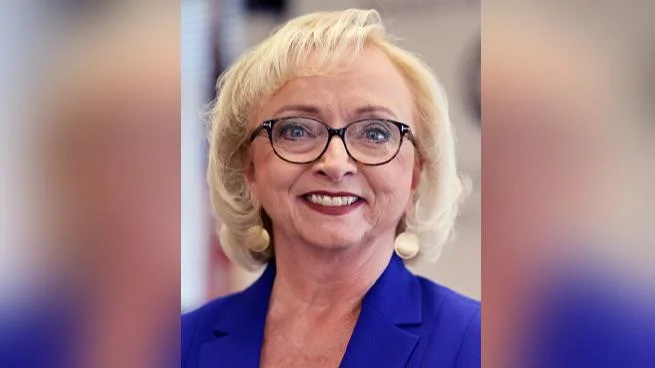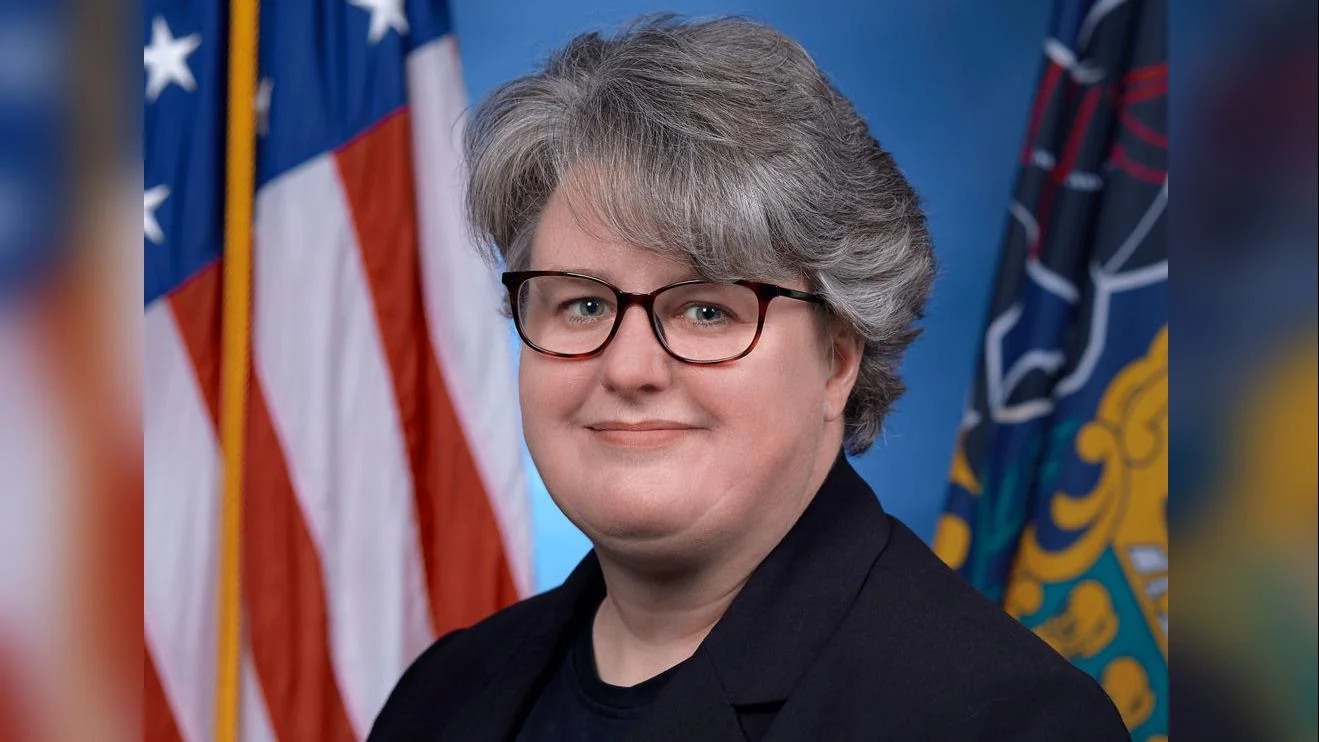
Becky Pringle, president of the National Education Association | National Education Association
Educators across the United States are nearing critical deadlines to change their union membership status, with many states and districts setting “opt-out windows” that allow teachers to resign from their unions if they choose.
These windows, often lasting only a few weeks each year, are outlined in union membership agreements. In many cases, the opt-out period is tied either to the anniversary of a teacher’s original membership signing or to a fixed calendar date, such as June 30. Missing the opt-out window generally locks teachers into union membership and dues obligations for another full year, according to the education resource group My Pay My Say.
The approaching deadlines come amid broader shifts in national union membership trends. According to the U.S. Bureau of Labor Statistics, public-sector union membership stood at 32.2% in 2024, compared to 5.9% among private-sector workers. The overall number of unionized workers nationwide declined from 17.7 million in 1983 to 14.3 million in 2024, BLS data show.
A key concern among some educators is how union dues are allocated. For instance, during the 2024 election cycle, the National Education Association (NEA) and the American Federation of Teachers (AFT) allocated 98.24% and 99.89% of their political contributions to Democratic candidates, respectively.
The use of mandatory union dues to fund political activities has sparked controversy in New Jersey, where New Jersey Education Association (NJEA) President Sean Spiller directed $40 million from dues-funded sources toward his gubernatorial campaign through the NJEA’s affiliated Super PAC, Garden State Forward, according to the Sunlight Policy Center. The arrangement raised conflict of interest concerns and drew criticism from within Spiller’s own party.
The chair of the Sussex County Democratic Committee stated that many educators believed their political contributions were voluntary and did not realize mandatory dues were being used to support a political campaign.
Beyond political considerations, some teachers are exploring alternatives for professional liability insurance. Unions often include liability coverage as a membership benefit, protecting teachers against lawsuits related to classroom incidents. However, organizations such as the Association of American Educators (AAE) and Christian Educators Association International (CEAI) offer comparable insurance policies. According to AAE, membership includes $2 million in liability coverage, legal protection for employment disputes, and professional development resources, often at lower annual costs than traditional union dues.






 Alerts Sign-up
Alerts Sign-up